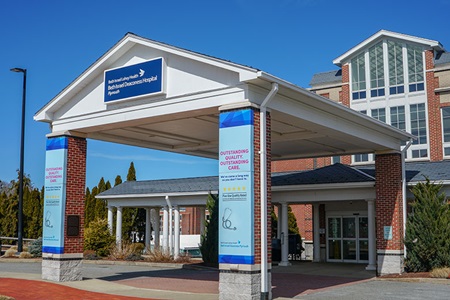A Guide to Surgical Treatment Options for Spine Disorders
Explore Treatment Options to Help You Recover Faster
Neck and back issues are one of the leading reasons patients visit doctors, second only to symptoms of the common cold. Issues stemming from the spine are both common and painful. Spinal pathology such as spinal stenosis, radiculopathy, or herniated discs can impact almost every aspect of a patient’s life and cause patients to abandon hobbies or avoid daily activities they once enjoyed.
If you suffer from nerve pain, there are a range of treatments that may improve your symptoms. Non-surgical (or conservative) treatment options such as medications, injections, and physical therapy often are able to control painful symptoms. When conservative treatments have been exhausted, spine surgery is an effective option to combat painful conditions.
There are a variety of approaches for spinal surgery including the traditional open approach and newer, minimally invasive approaches. Though their names may provide a hint towards distinctions, there’s much more to know before undergoing either of these procedures.
Traditional Open Surgery
Traditional open surgery, as the name implies, is the most common technique to treat neck and back spinal issues. It consists of exposing the spine through a midline incision and lifting muscle off the bone in order for the surgeon to visualize all aspects of the spine. A larger, more extensive exposure disrupts the surrounding muscle, however, a larger skin incision is needed for the surgeon to visualize important structures and safely perform surgery.
Traditional open surgery has increased inherent risks of infection, bleeding, and pain due to the larger surgical incisions needed. However, traditional open surgery is still commonly utilized for most spinal pathology, and when needed, offers excellent patient outcomes.
Minimally Invasive Spine Surgery
As the name suggests, minimally invasive spine surgeries (MISS) seeks to address conditions affecting the spine in a focused manner without the need for larger dissections involved with open procedures. Innovations in diagnostic imaging and surgical techniques have allowed surgeons to now treat certain spinal conditions with MISS that were otherwise only treated with open procedures. This allows surgeons to make smaller incisions and disrupt less tissue while correcting the problem.
There are many benefits to using the minimally invasive approach, including less immediate post-operative pain, decreased soft tissue injury, and less bleeding. All leading to faster recovery time and reduced risk of infection. Common minimally-invasive surgical procedures include MISS lumbar microdiscectomy, MISS TLIFs, and ALIFs.
There are, however, limitations to minimally invasive spine surgery and many spine problems will still require a traditional open procedure. Surgeons trained in MISS can apply minimally-invasive techniques to traditional spine surgery and improve outcomes.



